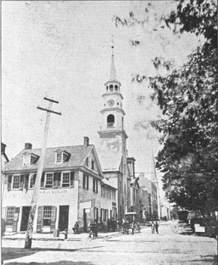 W. Church Street (Looking west from N. Market) with Trinity Chapel in background (c. 1890) W. Church Street (Looking west from N. Market) with Trinity Chapel in background (c. 1890) “It is a most instructive and refreshing exercise to sit down and gather around us all the biography of a period–all the journals–all the contemporaneous spiritual history of it, to bring all this together, review it carefully, analyze, sift and digest it, till the heart begins to burn within us. Shall we be unmindful of those who have gone before us? Shall we forget them or their deeds? No brethren, the good and the great can never be held too much in remembrance. Let us therefore, remember those who through faith and patience have gone before us.” These were the words coming from the pulpit of Frederick’s German Reformed Church, Trinity Chapel, on the occasion of the congregation’s centennial festivities which took place on May 21st (Whit-Monday), 1847. They were delivered as part of the opening of Rev. Daniel Zacharias’ sermon. Rev. Daniel Zacharias, D. D. (Doctor of Divinity) exhibited a life dedicated to “faith and patience.” He came to Frederick in the “prime of early manhood.” He was said to have exhibited “energy and great endurance.” Before his entrance, Frederick’s Evangelical Reformed Church had been experiencing turmoil with previous pastors. T.J.C. Williams’ “History of Frederick County” (1910) includes a passage from a letter explaining the early 1830’s period in which Rev. Zacharias was called to town: “There had been an unhealthy commotion and much dissatisfaction in the church during the past two pastorates. This was especially so during the administration of the Rev. Reighly—1833-1835. His ministry was forced to a conclusion as the direct result of his misdeeds. This served in a great measure to wean his friends from him, so that now the congregation with great unanimity turned a second time to Rev, Daniel Zacharias, of Harrisburg, Pa., who was elected pastor by a large majority, his first acceptance being impossible on account of the difficulties caused by Reighly.” Daniel Zacharias was a native of nearby Washington County, MD. Born in the vicinity of Clear Spring on January 14, 1805, he was the son of John George (Christopher) Zacharias and Catherine Kirschner. His grandfather was a German immigrant from North Rhine-Westphalia, who came to the US around 1753 and first settled near Berks County, PA. He would serve in the American Revolution. Young Daniel received a classical education at the Hagerstown Academy, followed by attending Jefferson College in Canonsburg, PA. He remained here through the end of his junior year, at which time he transferred to the Theological Seminary at Carlisle (PA). Zacharias received his academic degree in divinity (Doctor of Divinity), was licensed and ordained in 1828 within the German Reformed Church, an early Protestant denomination brought to this country by German and Swiss immigrants in the 18th century. He was given a charge in York County. Two years later, he was called to congregations in Harrisburg and Schupps, where he would remain here for nearly five years, at which time he moved to Frederick. 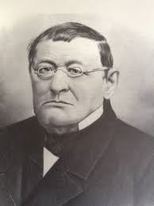 Jacob Engelbrecht (1797-1878) Jacob Engelbrecht (1797-1878) Daniel Zacharias’ entrance to Frederick was documented by noted diarist Jacob Engelbrecht (1797-1878) in a post dated April 5, 1835: “The Reverend Zacharias, late of Harrisburg, Pennsylvania, arrived here one day last week (with his family) to take charge of the German Reformed Congregation of this city & neighborhood. Yesterday he preached his first sermon. Vice, Reverend Charles Reighley going to Michigan.” Engelbrecht traced the earliest work-related moves of the new minister and in town. Zacharias conducted his first funeral service on April 5, 1835 when he administered the burial of 40-year-old William Quynn in the Mantz Graveyard on W. 4th Street Earlier that day, the reverend preached his inaugural sermon at Evangelical Reformed on April 5th. This took place in the “old church,” known today as Trinity Chapel on the south side of W. Church St. Twelve days later, Dr. Zacharias performed his first marriage in town. This matrimonial union joined George W. Jacobs and Ann Margaret Hamilton. Daniel Zacharias soon learned that he had a charge that included other congregations located outside of the city of Frederick— Carrollton Manor, Mt. Zion and Bethel. Rev. Zacharias had already experienced personal heartbreak before coming to Frederick. His first wife, Jane Hays, had died in late 1831. The couple wed in Carlisle in June 1829 and had only been married for roughly two-and-a-half years before her untimely passing at age 22. He later began courting Catherine Zinn Forney of Harrisburg. They married in March, 1834. When the couple arrived in Frederick in spring 1835, Catherine was two months pregnant. Past difficulties at Evangelical Reformed soon dissipated and Rev. Zacharias received credit for unifying the congregation, something that would last for 38 years, the duration of Zacharias’ tenure at the church, among the longest in the history of Evangelical Reformed Church of Frederick. Under Rev. Zacharias, a new church structure would be built across the street from Trinity Chapel. This building, erected in 1848, cost $24,000. This building still stands today as the Evangelical Reformed Church, United Church of Christ, located at 15 W. Church Street. A German (language) congregation retained the old church for their sole purposes. 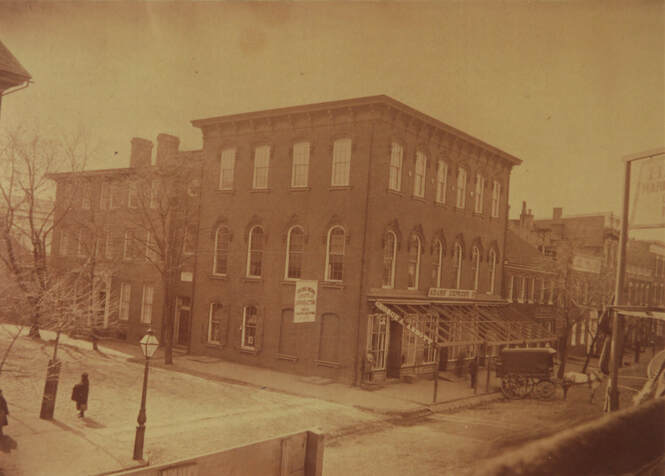 Kemp Hall on the SW corner of N. Market and E. Church streets (c. 1870) Kemp Hall on the SW corner of N. Market and E. Church streets (c. 1870) An additional, multi-purpose building was constructed a block to the east of Trinity Chapel at the corner of N. Market and E. Church streets. This structure would provide Sunday school amenities and a social hall for the growing congregation. Commercial storefronts on the ground level of Market Street were rented out in order to collect funds to pay for the whole of the building. This was also built under Rev. Zacharias leadership. A new burying ground was also opened on the corner of N. Bentz and W. Second streets. At one time this cemetery had stone walls built around it (1857). In fall of 1860, the Consistory of the church ordered the steeple on the old church to be repaired and painted. The job fell to church elder Abraham Kemp. Upon finishing the job to thorough expectations, he waved his fee of $742.42 and instead offered his work as a donation to the church. By way of showing appreciation, the Consistory gave their building complex, a block away, the moniker of Kemp Hall. Then came the American Civil War, the most trying time of Rev. Zacharias’ professional career here in Maryland. He had to work extra hard to calm the fears of parishioners. One of the first incidents of war involved the church, and specifically, the newly-named Kemp Hall. This structure served in the capacity as Maryland’s capitol during the spring and summer of 1861, as the state came perilously close to leaving the Union. Because Virginia had seceded in April of 1861, President Lincoln could not have Maryland fall to the Confederacy as this would have surrounded the U.S. capital of Washington, D.C. Two weeks after the Confederate capture of Fort Sumter in Charleston Harbor (South Carolina), Maryland’s governor, Thomas H. Hicks, called the General Assembly into special session. The state capital, Annapolis, was southern leaning and seething with resentment over the recent Federal occupation of that city. The decision came for the body to meet here in Frederick, a strongly Unionist city, to debate secession. Both the Senate and the House of Delegates began the session on April 26th, 1861, in the former Frederick County Courthouse building located a block west of the church. The next day, the senators and delegates moved down the street to Kemp Hall, as this structure boasted a better meeting space. As early as June 20th, under Lincoln’s suspension of the writ of habeas corpus, Federal troops began arresting suspected pro-secession legislators, starting with Delegate Ross Winans of Baltimore, who was stopped on his way home from the session here. He, like several other lawmakers, was confined under Lincoln’s orders. Some would be incarcerated at Baltimore’s Fort McHenry, while others found themselves destined or Fort Warren in Boston Harbor. The legislature continued to meet here at Kemp Hall throughout the summer of 1861. Finally, lacking a quorum—primarily because of the arrest of so many secession-leaning senators and delegates—it adjourned in September without ever considering a secession bill. Rev. Zacharias was likely relieved and happy with this outcome. He would be identified as being an ardent Unionist in our “border county within a border state.” Conventional thinking would make one think that the German Reformed congregation would be Union leaning in nature, but there were Southern leaning parishioners here as well. Rev. Zacharias had to unite his flock in faith, regardless of political sides favored. However, Zacharias is best known for a Civil War period incident which would bear witness to his legacy as a Union man “through and through.” Gen. Thomas Jonathan “Stonewall” Jackson, Robert E. Lee's trusted general, came to Frederick in September 1862 with the Army of Northern Virginia. They had recently been victors at the Second Battle of Bull Run in Manassas, (VA). Gen. Jackson, along with Gen. Lee and other leading officers camped south of town at the Best Farm. In his autobiography entitled "I Rode With Stonewall," Jackson’s aide-de-camp, Henry Kyd Douglas, delivers an amazing story involving our subject, Rev. Zacharias. Henry Kyd Douglas grew up at his parent’s plantation of Ferry Hill, overlooking the Potomac and Shepherdstown (WV) from the east on the Maryland side of the river. His father, Rev. Robert Douglas, was a retired minister in the German Reformed Church and he knew Rev. Zacharias personally. 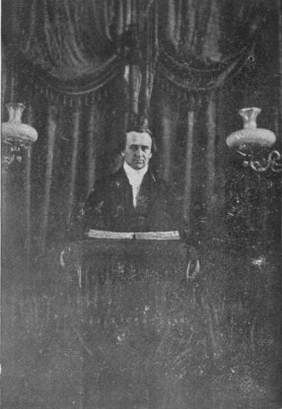 Rev. Dr. Zacharias in the pulpit of Frederick's German Reformed Church (c. 1860) Rev. Dr. Zacharias in the pulpit of Frederick's German Reformed Church (c. 1860) According to the story, Gen. Jackson asked Douglas and another aide to go to church with him in Frederick. Gen. Jackson had recently been thrown from a horse and was slightly injured, so he rode into Frederick in an army ambulance wagon while his aides rode their horses. Because Presbyterian services were not being held that Sunday night, Gen. Jackson elected to go to the Reformed Church on West Church Street. “The minister, Dr. Zacharias, a man with deep-set eyes and a musical voice, was said to be good preacher, but as usual, the General went to sleep at the beginning of the sermon," Mr. Douglas wrote, “and a very sound slumber it was.” "His cap, which he held in his hand on his lap, dropped to the floor, and his head dropped upon his breast, the prayer of the congregation did not awaken him, and only the voice of the choir and the deep tones of the organ broke his sleep." “The Rev. Zacharias, whose son was serving as a Confederate surgeon, prayed for President Lincoln during the service and was greatly admired in Frederick for doing so in front of Gen. Jackson.” Mr. Douglas wrote that "The general didn't hear it; but if he had I've no doubt he would have joined in it heartily." Dr. Zacharias was one of the most revered ministers in his faith denomination, regularly being called for his leadership over synod committees and ecclesiastical assemblies. Here in Frederick, he gave the address at the laying of the cornerstone for the Female Seminary (later to become the Frederick Woman’s College) and was for many years the President of the Board of Visitors for the Frederick Academy.
Rev. Dr. Zacharias’ funeral would take place at Mount Olivet Cemetery on April 2nd, 1873. A resolution had been passed two nights prior as the Frederick Boards of Alderman and Common Council requested citizens to close their places of business during the four-hour event. Twenty ministers from the German Reformed Church, including his successor Rev. Edmund R. Eschbach, would be in attendance. Dr. Zacharias body was placed on display for a public viewing in his home church that morning in a service that lasted from 9am until 1pm. Jacob Engelbrecht estimated that “one half of the town & also people from the country went to see him.“ The funeral sermon would be given by Rev. Thomas G. Apple, Professor of the Theological Seminary at Lancaster (PA) and president of Franklin & Marshall College. Rev. Apple’s nephew, Joseph H. Apple, would have another major impact on Frederick into the near future, in his presidency (1897-1934) of the Woman's College of Frederick, operated by the Potomac Synod of the Reformed Church in the United States. This entity would evolve into Hood College. Nine ministers from other Protestant churches were also in attendance at his funeral. It has been said that all the bells in town, Protestant and Roman Catholic, were rung that day during the time of Rev. Zacharias’ interment. An immense concourse of Frederick’s citizenry, and then some, made a procession to the cemetery. T.J.C. Williams would sum up his life in the following manner: “Eminently a man of peace, Dr. Zacharias would rather endure a wrong than contend for his convictions of right. Here in Frederick his memory will ever be green, for all about us are the monuments of his faithfulness, and his works to follow him.” At the time of Rev. Zacharias’ death, the Consistory purchased a desirable lot in Mount Olivet, and gave this to his family. It is located near the southern perimeter in Area C/Lot 137. In 1875, the sum of $1,034.15 was collected by a committee solely created for the purpose of raising an appropriate memorial monument at his grave “a massive shaft of marble, suitably inscribed.” The committee in their concluding remarks state: “The monument, we think, is in keeping with the character and tastes of him whose memory it is designed to perpetuate.” So beloved was Rev. Zacharias that he was memorialized once again with a tablet placed in the main vestibule of Frederick's German Reformed Church. This occurred in late February, 1899—nearly 26 years after his passing in 1873. It's fair to say that he is the true cornerstone of this structure, and the congregation he helped forge throughout his time in Frederick. One-hundred and eighteen years later, the plaque remains on display at the church, now known as the United Church of Christ. Dr. Zacharias’s monument in Mount Olivet stands tall, surrounded by his familial flock including his wife Catherine (1815-1895) and son Granville (1835-1877), a sheep herder who perished from an accidental shooting in Pueblo, Colorado. Another son George Merle (1848-1910) would follow in his father’s footsteps and become a clergyman. Zacharias’ other children would rest in the shadow of the monument and include Confederate veteran John Forney Zacharias (1837-1904), Jane Zacharias (1843-1906), Lawrence Brengle Zacharias (1844-1923), Merle Herbine Zacharias (1846-1847), Edwin Daniel Zacharias (1851-1915) and William Zacharias (1855-1927).
0 Comments
Leave a Reply. |
STORIES
|
Archives
July 2024
June 2024
May 2024
April 2024
March 2024
February 2024
January 2024
December 2023
November 2023
September 2023
August 2023
July 2023
June 2023
May 2023
April 2023
March 2023
February 2023
January 2023
December 2022
November 2022
October 2022
September 2022
August 2022
July 2022
June 2022
May 2022
April 2022
March 2022
February 2022
January 2022
December 2021
November 2021
October 2021
September 2021
August 2021
July 2021
June 2021
May 2021
April 2021
March 2021
February 2021
January 2021
December 2020
November 2020
October 2020
September 2020
August 2020
July 2020
June 2020
May 2020
April 2020
March 2020
February 2020
January 2020
December 2019
November 2019
October 2019
September 2019
August 2019
July 2019
June 2019
May 2019
April 2019
March 2019
February 2019
January 2019
December 2018
November 2018
October 2018
September 2018
August 2018
July 2018
June 2018
May 2018
April 2018
March 2018
February 2018
January 2018
December 2017
November 2017
October 2017
September 2017
August 2017
July 2017
June 2017
May 2017
April 2017
March 2017
February 2017
January 2017
December 2016
November 2016

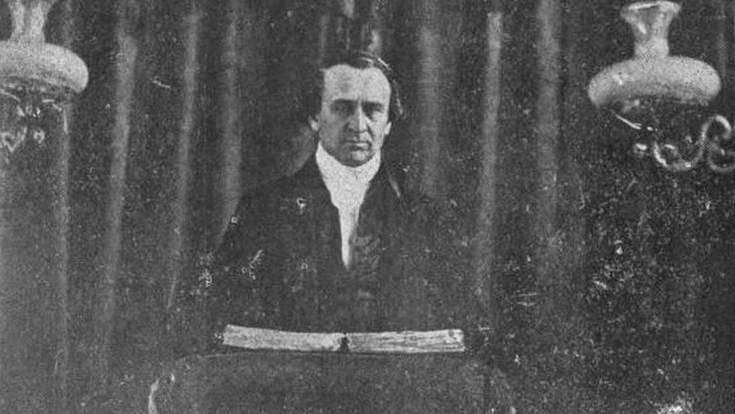
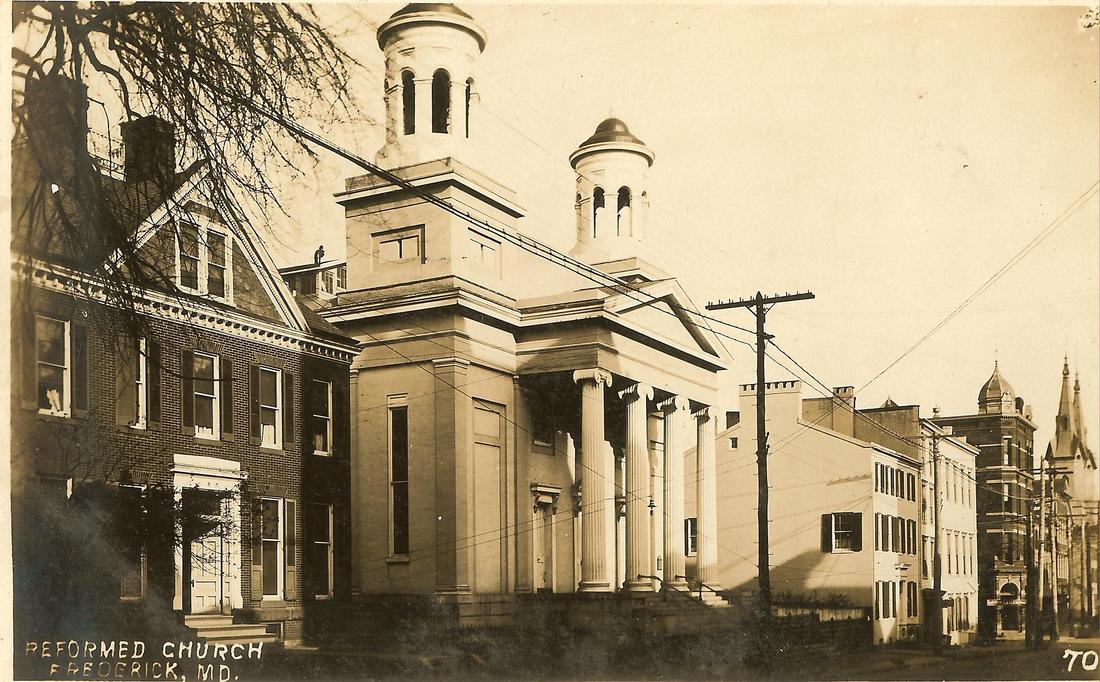
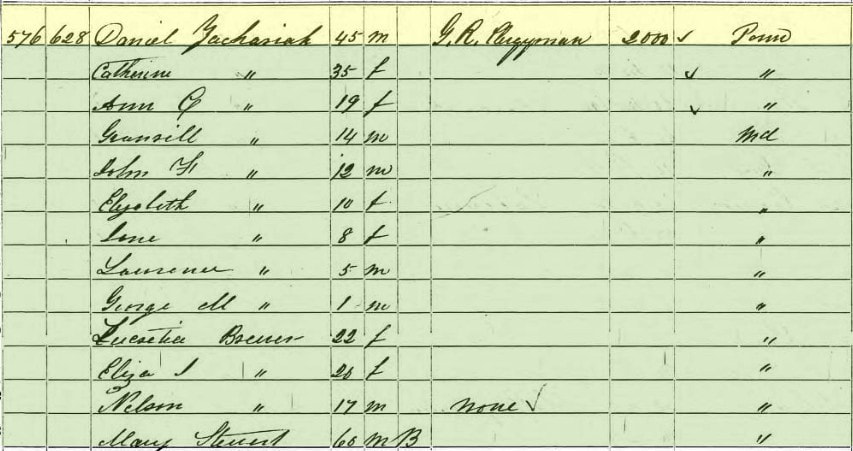
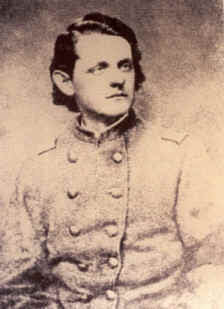
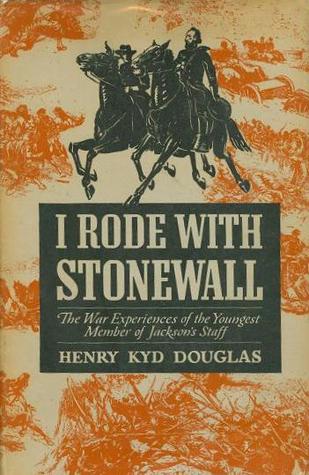
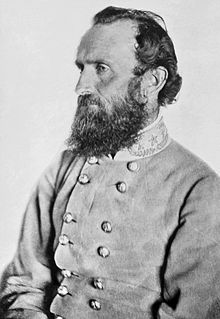
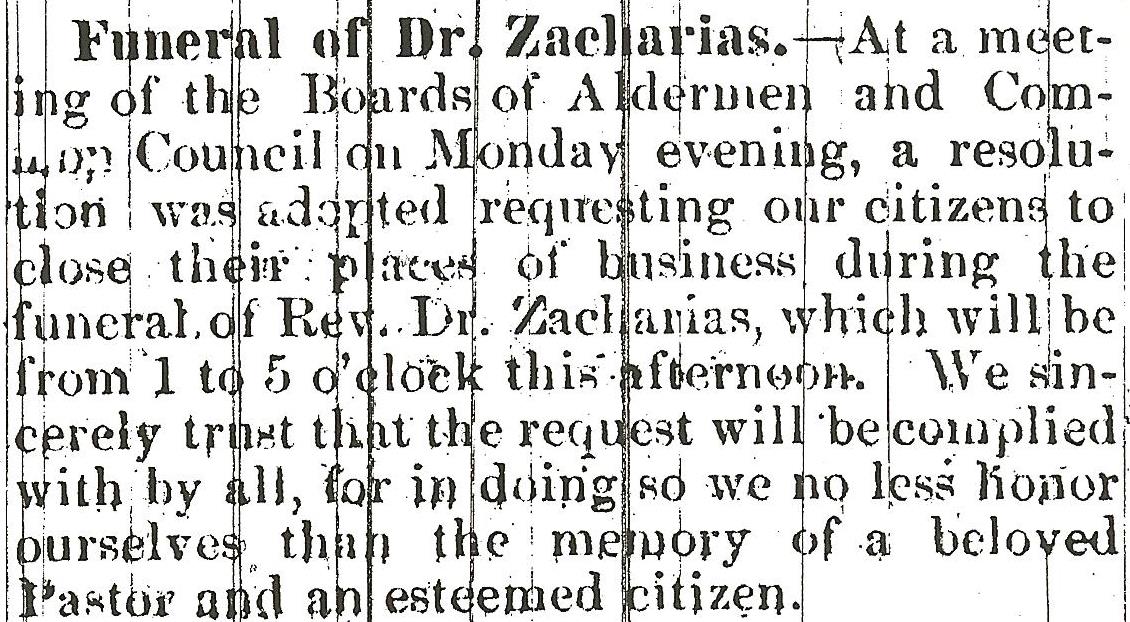
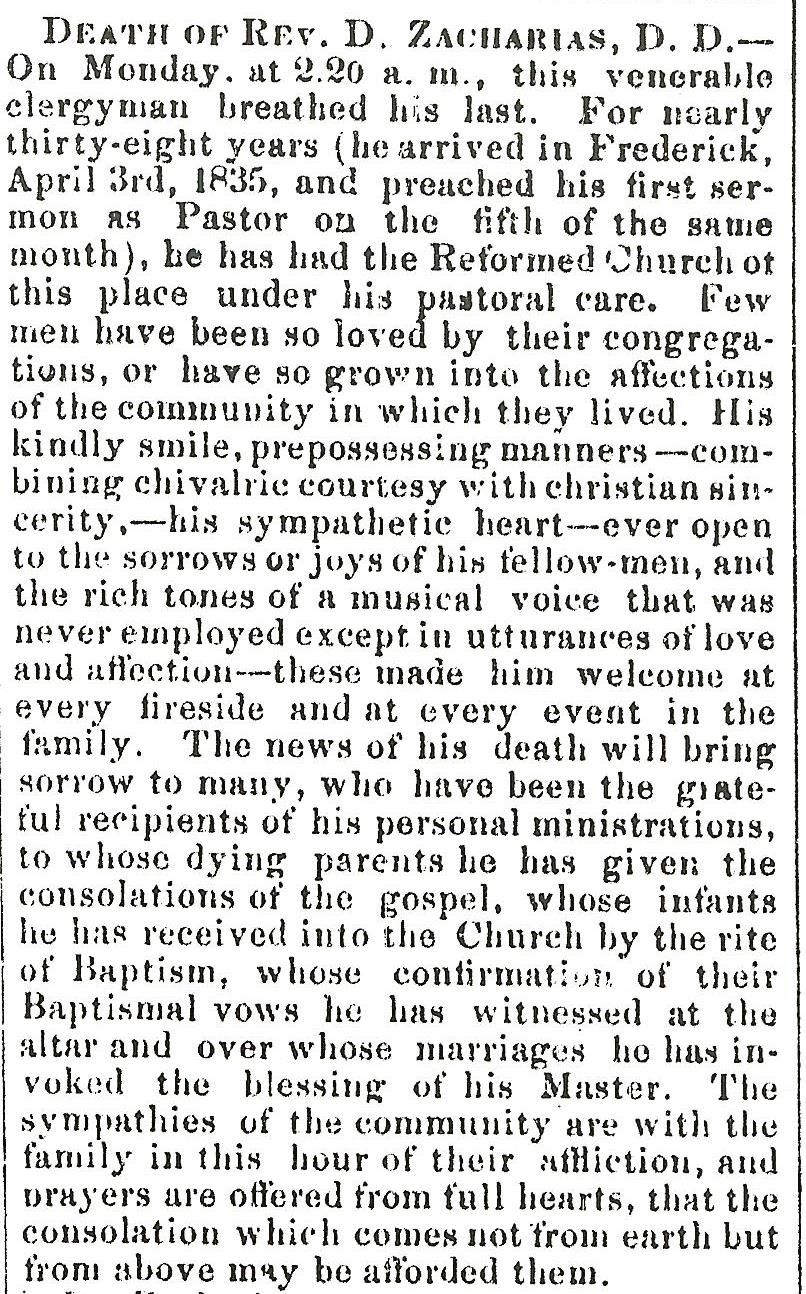
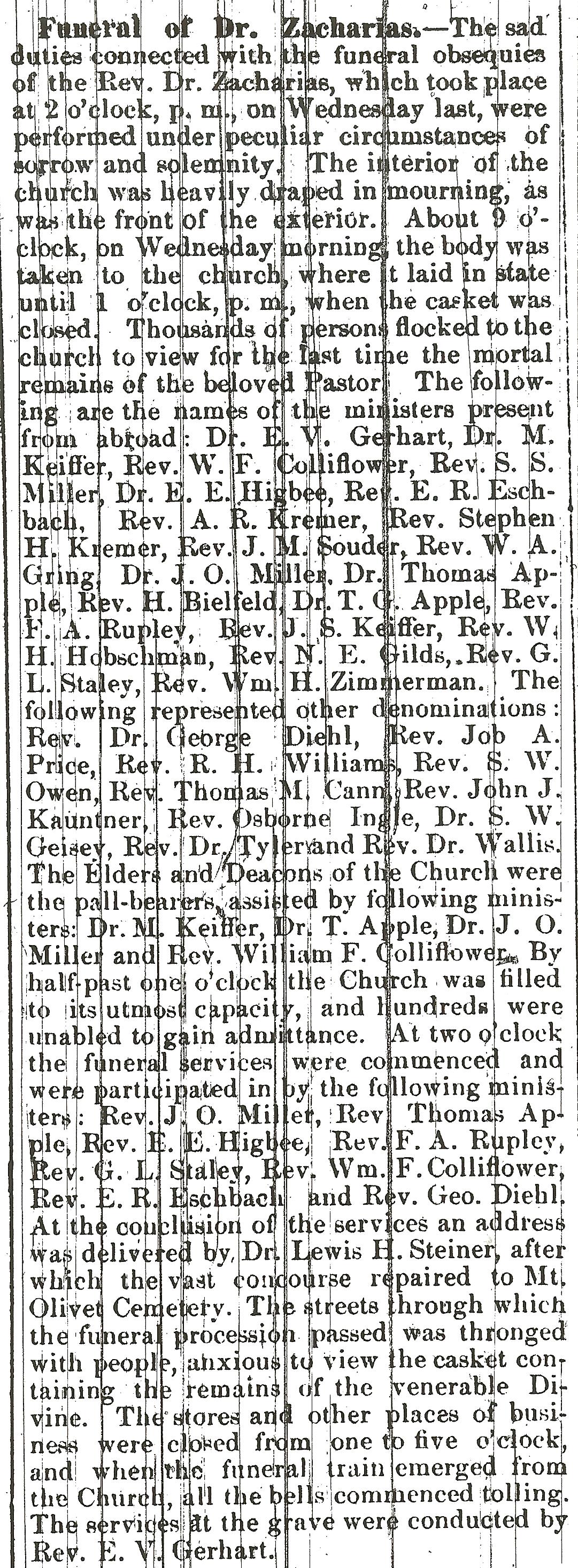
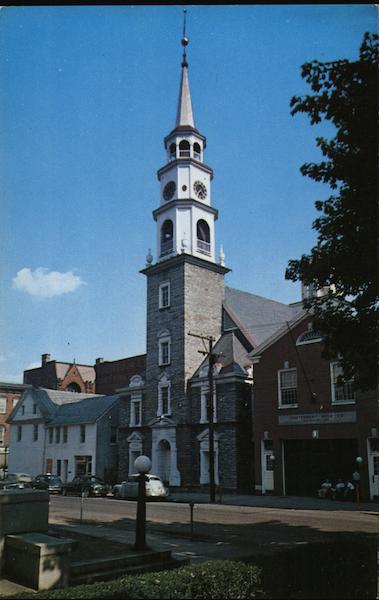
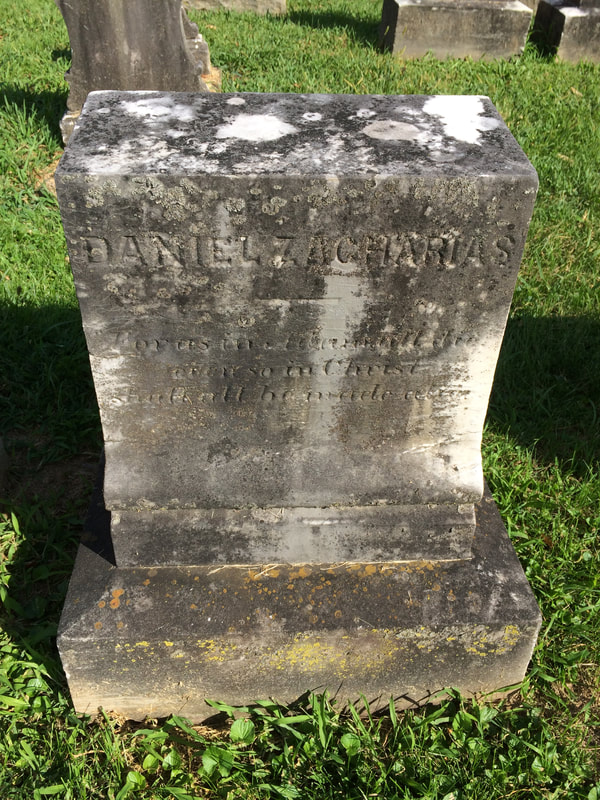
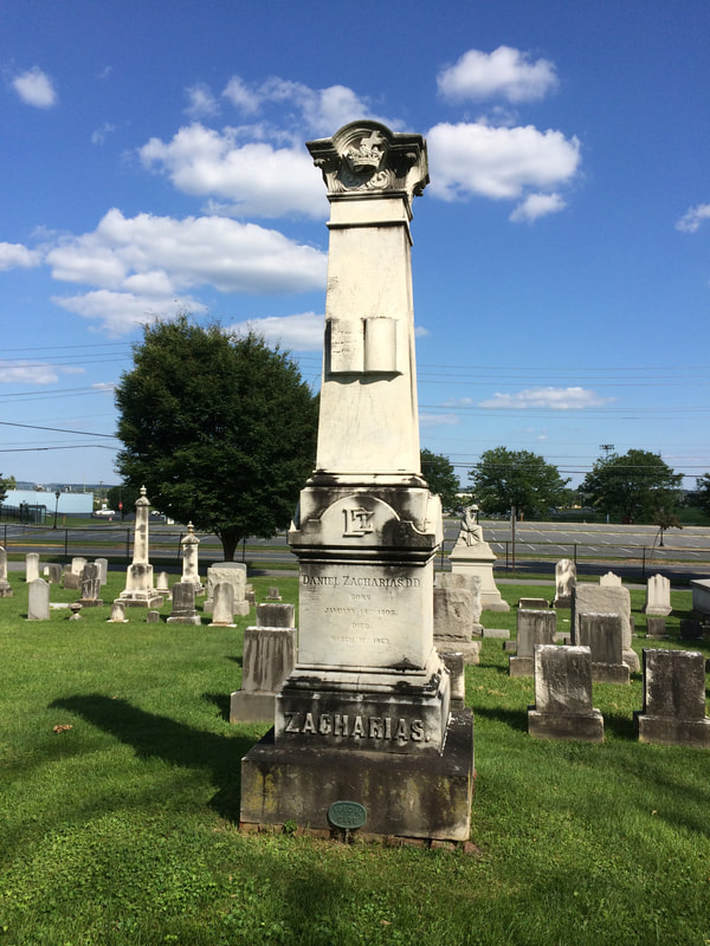
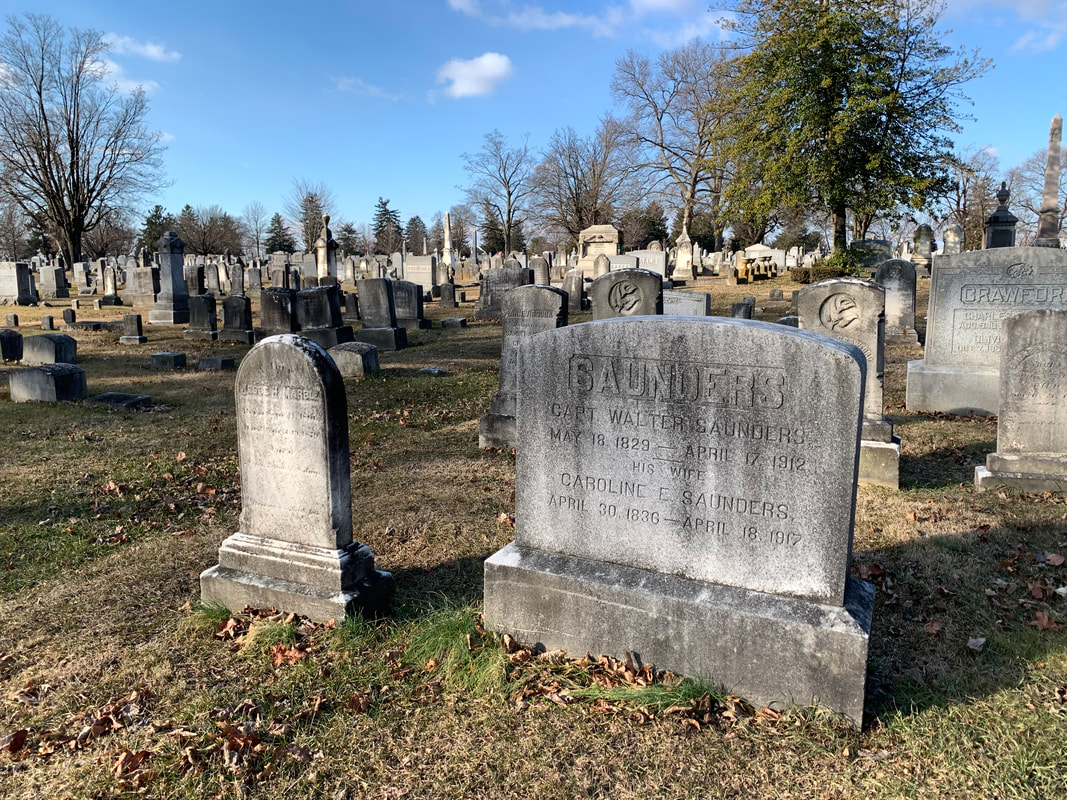
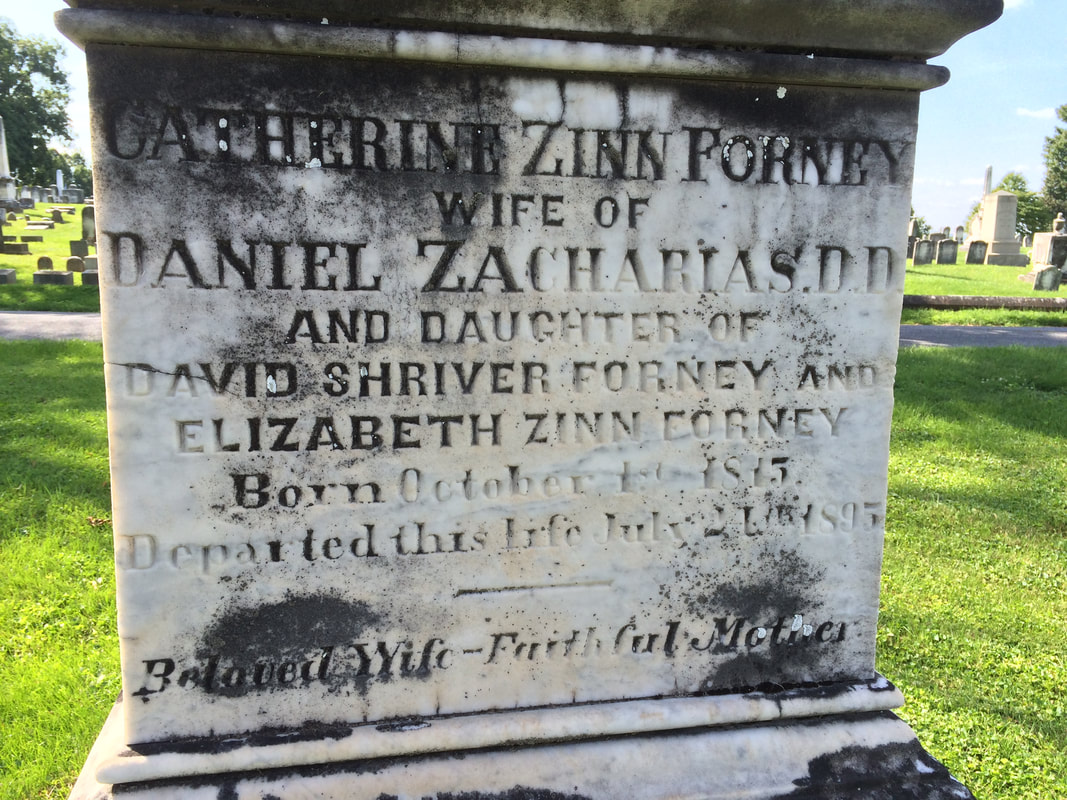
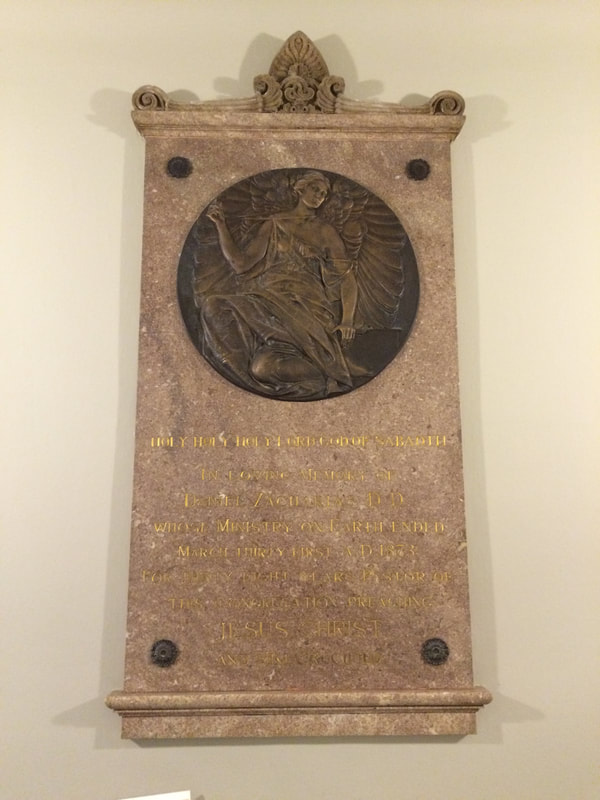
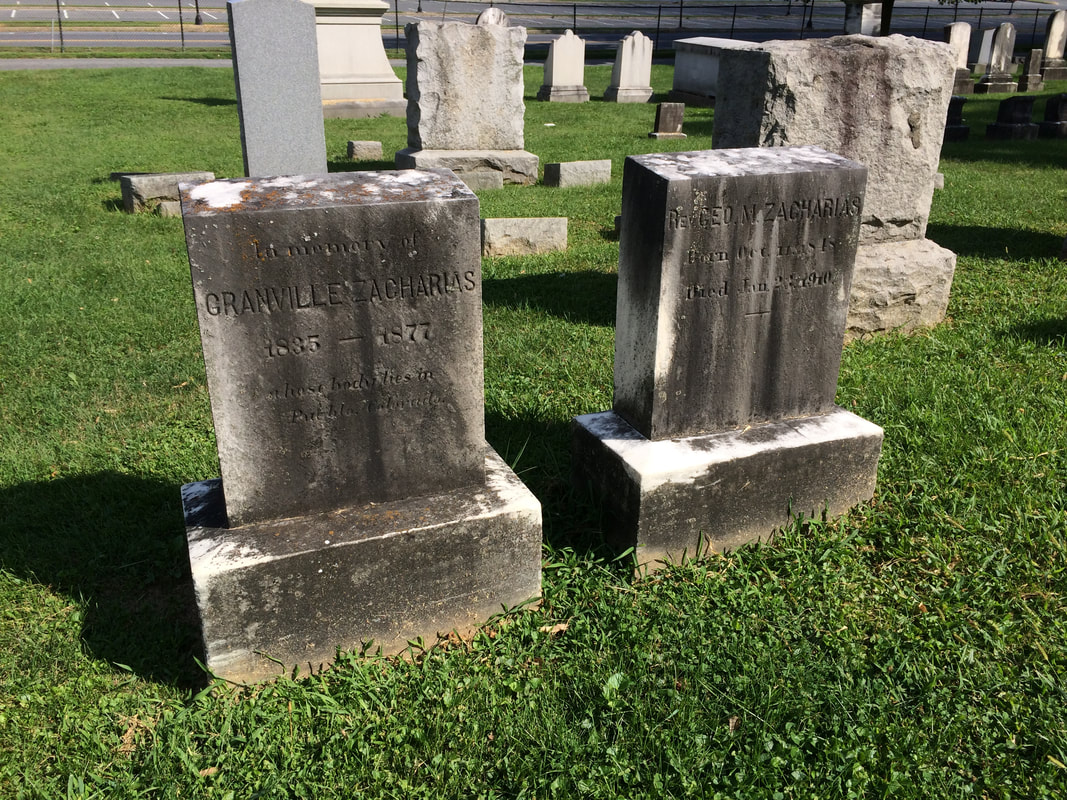
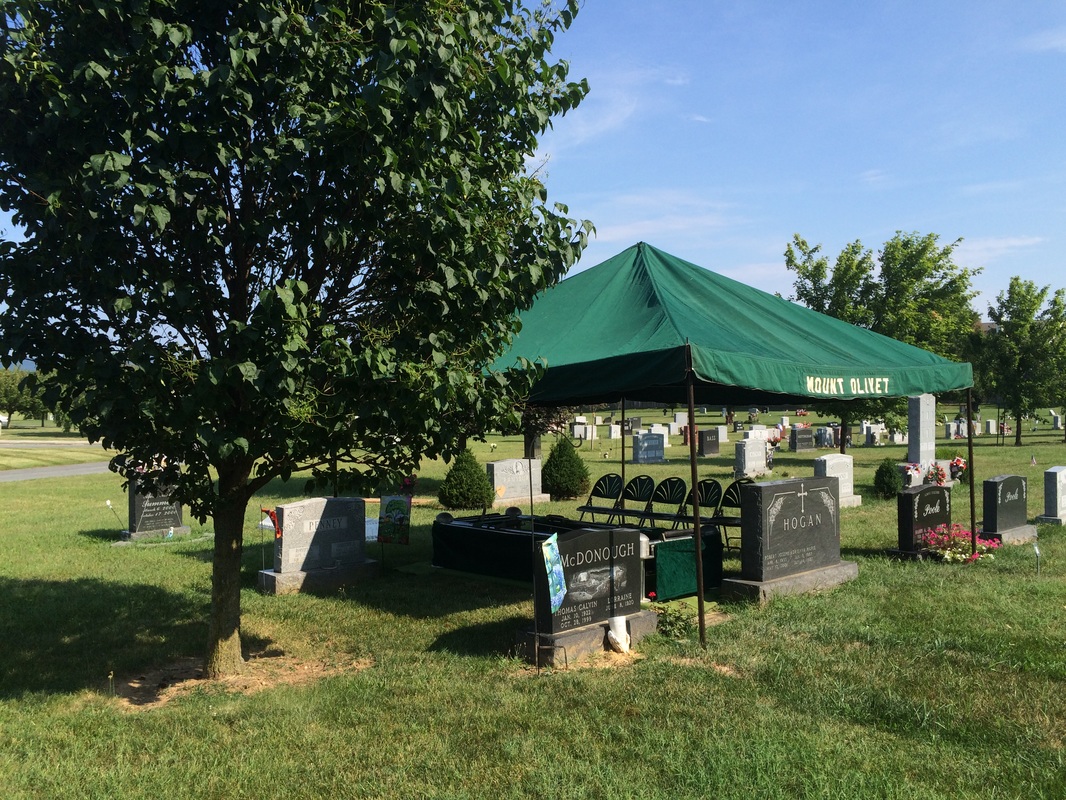

 RSS Feed
RSS Feed